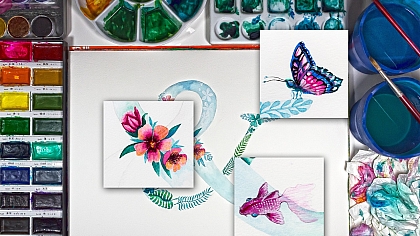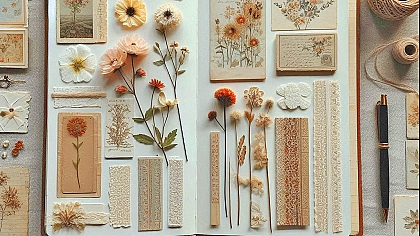
Spray Cans to Street Galleries: Tracing the Journey of Urban Art
Urban art, with its vibrant colours, bold statements, and dynamic forms, has transcended its humble beginnings to become a significant cultural phenomenon. From the clandestine spray-painted tags of the 1970s to the large-scale murals adorning cityscapes today, urban art has evolved into a multifaceted expression of creativity and social commentary.

A Brief Overview of Urban Art
Urban art, often called graffiti or street art, encompasses a diverse range of artistic practices found in urban environments worldwide. It includes traditional graffiti lettering, stencil art, wheat pasting, muralism, and guerrilla art. What distinguishes urban art is its engagement with public spaces, challenging traditional notions of where art belongs and who it speaks to.
Evolution of Urban Art: From Graffiti to Street Art
The roots of urban art can be traced back to the streets of New York City in the late 1960s and early 1970s, where marginalized youth began using spray paint to leave their mark on the city's landscape. What started as simple tags and signatures evolved into more elaborate pieces, driven by a desire for recognition and self-expression.
As urban art gained prominence, particularly within hip-hop culture, it transformed from graffiti, often associated with vandalism and rebellion, to street art, a recognized form of artistic expression. Street artists began using a variety of mediums and techniques to create thought-provoking artworks that engage with social, political, and cultural issues.
The Birth of a Subculture
Urban art emerged from the streets of major cities, born out of a desire to reclaim public spaces and challenge societal norms. This section explores the early origins of graffiti and the rise of street art movements.
Early Origins: Graffiti in Urban Landscapes
In the late 1960s and early 1970s, New York City became the epicentre of a burgeoning graffiti subculture. Young people, often from marginalized communities, began using spray paint to leave their mark on subway trains and city walls. These early graffiti writers, or "taggers," developed their unique styles and lettering techniques, creating a visual language that would come to define the movement.
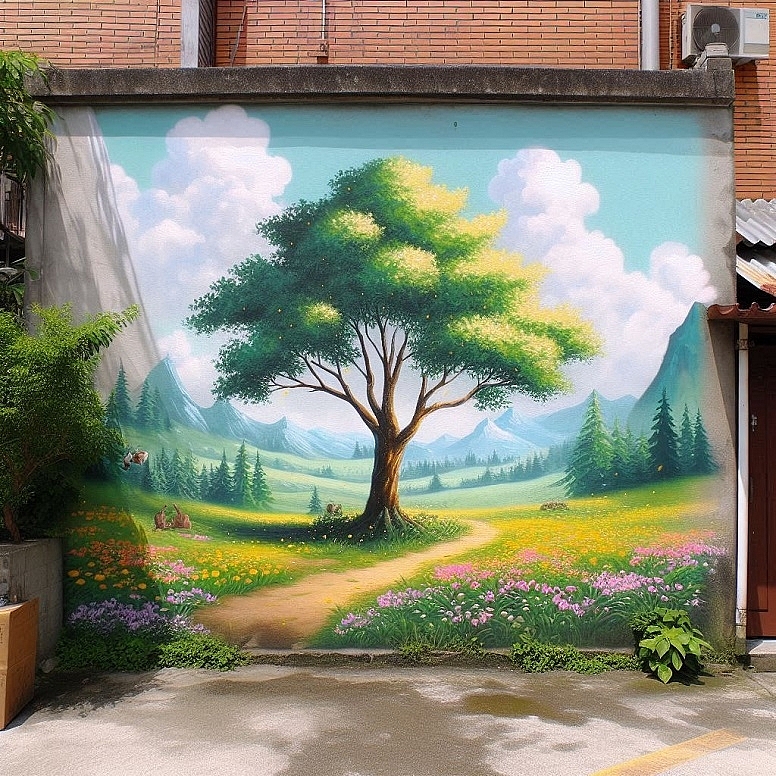
Rise of Street Art Movements
As graffiti evolved, it expanded beyond simple tags and became a platform for artistic experimentation and social commentary. Street artists began exploring new mediums and techniques, incorporating elements of collage, stencilling, and wheatpasting into their work. This shift marked the transition from graffiti to street art, with artists like Keith Haring and Jean-Michel Basquiat leading the way.
Influence of Hip-Hop Culture
Hip-hop culture played a significant role in the development of urban art, providing a creative outlet for young people in urban communities. Graffiti, along with DJing, MCing, and breakdancing, became one of the four elements of hip-hop, helping to shape the cultural landscape of cities around the world. Hip-hop provided a platform for marginalized voices to be heard, empowering artists to express themselves through their art.
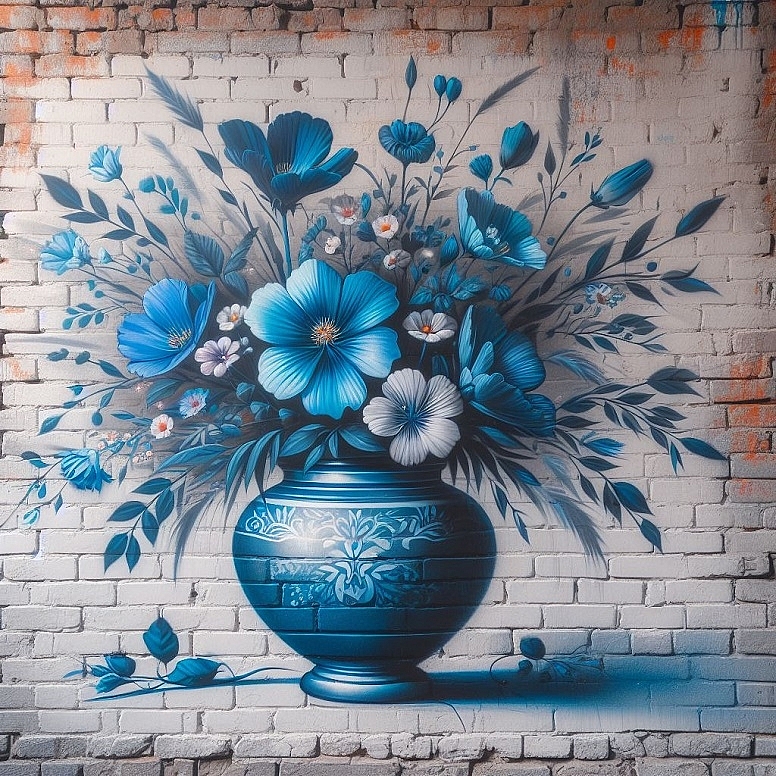
The Medium of Expression: Spray Cans
Spray paint revolutionized urban art, providing artists with a versatile and accessible medium for creating large-scale works in public spaces. This section delves into the significance of spray cans in the urban art movement.
Spray Paint: A Revolutionary Tool
The invention of spray paint in the 1940s transformed the way artists approached their craft. With its quick-drying formula and vibrant pigments, spray paint allowed artists to cover large areas with ease, making it ideal for outdoor murals and graffiti pieces. Its portability and affordability democratized the art form, enabling anyone with a can of paint to become a street artist.
Techniques and Styles
Urban artists have developed a wide range of techniques and styles using spray paint, from intricate stencils to freehand murals. Each artist brings their unique vision and approach to the medium, resulting in a diverse array of artworks that reflect the cultural landscape of their surroundings. Whether it's photorealistic portraits or abstract designs, spray paint offers endless possibilities for creative expression.
Impact of Technology on Urban Art
Advancements in technology have also influenced the practice of urban art, with artists incorporating digital tools and techniques into their work. From digital projections to augmented reality installations, technology has opened up new avenues for artistic experimentation and interaction. However, traditional methods like spray painting remain at the core of the urban art movement, serving as a testament to its roots in the streets.
Breaking Boundaries: Urban Art in Public Spaces
Urban art challenges traditional notions of where art belongs by transforming streets into galleries and engaging with public spaces. This section examines the role of urban art in shaping our urban environments and fostering community engagement.
Transforming Streets into Galleries
One of the defining features of urban art is its ability to transform mundane urban landscapes into vibrant, visually stimulating environments. From abandoned buildings to city walls, urban artists use public spaces as their canvas, turning overlooked spaces into works of art. By bringing art out of traditional gallery settings and into the streets, urban artists make art more accessible to a wider audience, blurring the line between art and everyday life.

Legal vs. Illegal: The Debate Surrounding Street Art
The legality of urban art has long been a topic of debate, with some viewing it as a form of vandalism and others as a legitimate form of artistic expression. While unauthorized graffiti may face opposition from authorities, many cities have embraced street art as a means of revitalizing urban areas and deterring vandalism. Legal walls and designated graffiti zones provide artists with a space to create without fear of prosecution, fostering a sense of community and collaboration among urban artists.
Community Engagement and Social Impact
Urban art has the power to spark conversations and inspire change within communities. By addressing social, political, and environmental issues through their work, urban artists can raise awareness and provoke thought among viewers. Community-led mural projects and public art initiatives empower residents to take ownership of their neighbourhoods and contribute to the cultural fabric of their cities. Through collaboration and collective action, urban art has the potential to catalyze positive social change and foster a sense of belonging within urban communities.
From Underground to Mainstream
Urban art, once relegated to the margins of society, has increasingly gained recognition in the mainstream art world. This section delves into the journey of urban art from underground subculture to cultural phenomenon.
Recognition in the Art World
In recent years, urban art has gained legitimacy within the art world, with museums, galleries, and art institutions showcasing the works of street artists alongside established contemporary artists. Exhibitions dedicated to urban art have attracted widespread acclaim, attracting audiences eager to explore this dynamic and evolving art form. Major art auctions now feature works by urban artists, further solidifying their place within the art market.
Corporate Sponsorship and Commercialization
With the rise in popularity of urban art, corporations have sought to capitalize on its appeal by sponsoring street art festivals, commissioning murals, and collaborating with artists on branding campaigns. While corporate support can provide artists with greater visibility and financial opportunities, it also raises questions about the commercialization and commodification of urban art. Some artists embrace these collaborations as a means of reaching new audiences, while others remain wary of selling out or compromising their artistic integrity.
Challenges of Maintaining Authenticity
As urban art becomes more mainstream, artists face the challenge of maintaining authenticity and staying true to their roots. The commercialization of street art has led to concerns about gentrification and the appropriation of urban culture by corporate interests. Some artists choose to remain independent and continue creating art on their terms, while others navigate the complexities of balancing commercial success with artistic integrity.
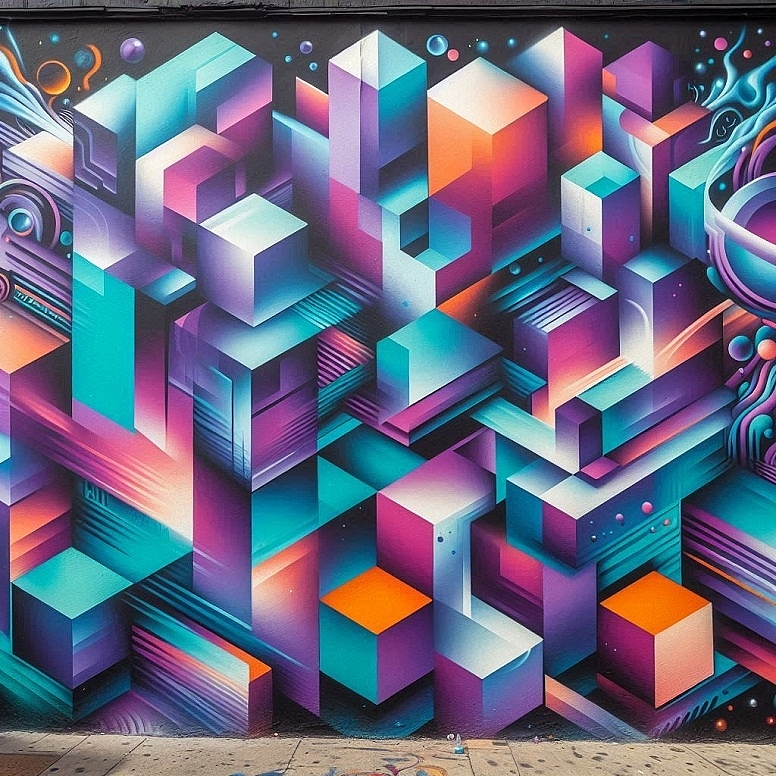
Global Perspectives: Urban Art Around the World
Urban art is a global phenomenon, with artists from diverse backgrounds and cultures contributing to its rich tapestry. This section explores the global reach of urban art, highlighting influential cities, cultural contexts, and cross-cultural exchange.
Influential Cities and Hubs
While urban art can be found in cities around the world, certain cities have emerged as hubs for street art and graffiti culture. From New York City and Los Angeles to Berlin and São Paulo, these cities have vibrant urban art scenes characterized by a mix of local talent and international artists. Each city brings its unique flavour to the urban art movement, influenced by local history, politics, and social dynamics.
Cultural Contexts and Regional Styles
Urban art reflects the cultural diversity of the communities in which it is created, drawing inspiration from local traditions, folklore, and symbols. In regions like Latin America and Africa, urban art serves as a means of cultural expression and resistance, addressing issues of identity, colonialism, and social justice. Regional styles and techniques vary widely, from the colourful murals of the Caribbean to the intricate stencil work of Europe.

Cross-Cultural Exchange and Collaboration
Urban art transcends borders, facilitating cross-cultural exchange and collaboration among artists from different backgrounds. International street art festivals, artist residencies, and collaborative projects bring artists together to share ideas, techniques, and experiences. Through these collaborations, urban artists break down barriers and forge connections across language, geography, and culture, enriching the global urban art community.
Preserving the Legacy: Conservation and Documentation
Urban art, often ephemeral, presents unique challenges for preservation and documentation. This section examines efforts to conserve and document urban art for future generations.
Conservation Efforts for Street Art
Preserving outdoor murals and graffiti presents several challenges, including exposure to the elements, vandalism, and deterioration over time. Conservation efforts may involve applying protective coatings, repairing damaged artwork, or relocating pieces to indoor spaces where they can be better preserved. However, the ephemeral nature of urban art means that not all works can be saved, underscoring the importance of documenting the art form for posterity.
Archiving Urban Art: Digital and Physical Collections
In response to the impermanence of urban art, organizations and institutions have launched initiatives to document and archive street art for future generations. Digital platforms such as online databases, social media, and virtual reality experiences allow users to explore urban art from around the world, preserving the legacy of the movement in digital form. Physical collections, including museum exhibitions, art books, and documentary films, provide additional opportunities for audiences to engage with urban art tangibly.
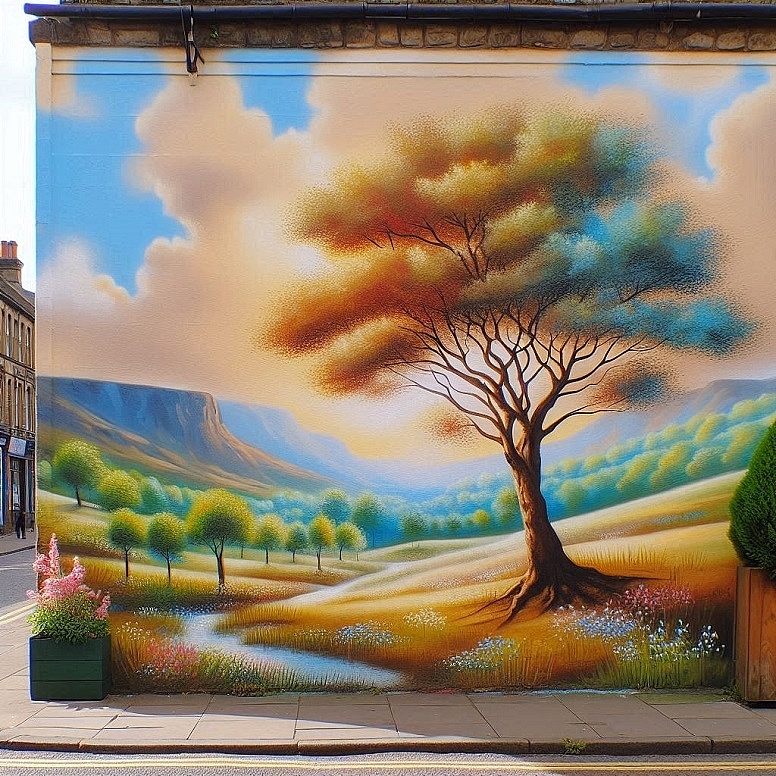
Balancing Preservation with Ephemeral Nature
While conservation and documentation are essential for safeguarding the legacy of urban art, they must be balanced with respect for the ephemeral nature of the art form. Street art is often created in response to specific social or political contexts, and its meaning may evolve. Preserving the authenticity and spontaneity of urban art requires a delicate balance between conservation efforts and allowing for the natural evolution of the art form.
Urban art has evolved from its humble beginnings as clandestine graffiti to a global cultural phenomenon, transforming cityscapes and challenging traditional notions of art. From the streets of New York City to the walls of cities around the world, urban art reflects the diversity, creativity, and resilience of urban communities.
As urban art continues to gain recognition in the mainstream art world, it faces new challenges and opportunities. Artists navigate the complexities of commercialization while striving to maintain authenticity and integrity. Meanwhile, efforts to preserve and document urban art ensure that its legacy will endure for future generations to appreciate and learn from.
Ultimately, urban art serves as a powerful form of expression, allowing artists to reclaim public spaces, provoke thought, and inspire change. By engaging with social, political, and cultural issues, urban art invites viewers to reconsider their surroundings and their place within them. As the urban art movement continues to evolve, its impact on our cities and our culture will only continue to grow.
